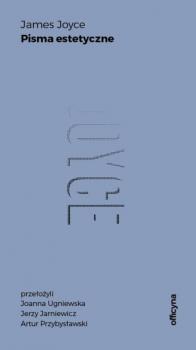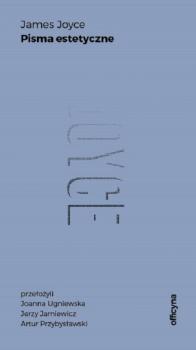James Joyce
Список книг автора James JoyceDubliners - James Joyce
Dubliners – James Joyce – Dubliners is a collection of fifteen short stories by James Joyce. They form a naturalistic depiction of Irish middle class life in and around Dublin in the early years of the 20th century.The stories were written when Irish nationalism was at its peak, and a search for a national identity and purpose was raging; at a crossroads of history and culture, Ireland was jolted by various converging ideas and influences. They centre on Joyce's idea of an epiphany: a moment where a character experiences a life-changing self-understanding or illumination, and the idea of paralysis where Joyce felt Irish nationalism stagnated cultural progression, placing Dublin at the heart of this regressive movement. Many of the characters in Dubliners later appear in minor roles in Joyce's novel Ulysses. The initial stories in the collection are narrated by child protagonists, and as the stories continue, they deal with the lives and concerns of progressively older people. This is in line with Joyce's tripartite division of the collection into childhood, adolescence and maturity.
JAMES JOYCE: Ulysses, A Portrait of the Artist as a Young Man, Dubliners, Chamber Music & Exiles
This carefully edited collection has been designed and formatted to the highest digital standards and adjusted for readability on all devices.
James Joyce (1882-1941) was an Irish novelist and poet, considered to be one of the most influential writers in the modernist avant-garde of the early 20th century. Joyce is best known for Ulysses, a landmark work in which the episodes of Homer's Odyssey are paralleled in an array of contrasting literary styles, perhaps most prominent among these the stream of consciousness technique he utilized. Other well-known works are the short-story collection Dubliners, and the novels A Portrait of the Artist as a Young Man and Finnegans Wake.
Table of Contents:
A Portrait of the Artist as a Young Man
Ulysses
Dubliners
The Sisters
An Encounter
Araby
Eveline
After the Race
Two Gallants
The Boarding House
A Little Cloud
Counterparts
Clay
A Painful Case
Ivy Day in the Committee Room
A Mother
Grace
The Dead
Chamber Music
Exiles
Dublin
Ein Meisterwerk der literarischen Moderne über die Bewohner von Joyces Heimatstadt Dublin: In diesen 15 Kurzgeschichten, die lose chronologisch von der Kindheit bis ins Alter reichen, beschreibt Joyce das Leben der irischen Mittelschicht zu Beginn des 20. Jahrhunderts. Unter Verwendung der erlebten Rede, die sich weniger auf äußere Handlungen fokussiert, geht es oft um das Verhaften in erstarrten Abläufen, die Veränderungen praktisch nicht zulassen.-
Ulysses
James Joyces Hauptwerk über einen Tag in Dublin Anfang des 20. Jahrhunderts: In 18 Episoden, die hauptsächlich in Form von inneren Monologen wiedergegeben werden und an Homers «Odysee» angelehnt sind, beschreibt Joyce den 16. Juni 1904 in Dublin, bei dem die beiden Protagonisten Leopold Bloom und Stephen Dedalus aufeinandertreffen. Der Inbegriff des modernen Romans! -
THE DEAD
This eBook edition of «THE DEAD» has been formatted to the highest digital standards and adjusted for readability on all devices. The story reflects the tension in early 20th Century Ireland in a particular lyrical narrative that echoes in a haunting and melodic way the melancholy of life and death. The story centers on Gabriel Conroy, a university professor, on the night of the Morkan sisters' annual dance and dinner in the first week of January 1904, a celebration of the Feast of the Epiphany. Gabriel, favorite nephew of the sisters, arrives late to the party with his wife Gretta, where he is eagerly received. Gabriel worries about the speech he is to give, especially that it contains too many academic references for his audience. He is confronted by Miss Ivors, an Irish nationalist, about his publishing a weekly literary column in a newspaper with unionist sympathies, and she teases him as a «West Briton,» that is, a supporter of English political control of Ireland… James Joyce (1882-1941) was an Irish novelist and poet, considered to be one of the most influential writers in the modernist avant-garde of the early 20th century. Joyce is best known for Ulysses, a landmark work in which the episodes of Homer's Odyssey are paralleled in an array of contrasting literary styles, perhaps most prominent among these the stream of consciousness technique he utilized.









